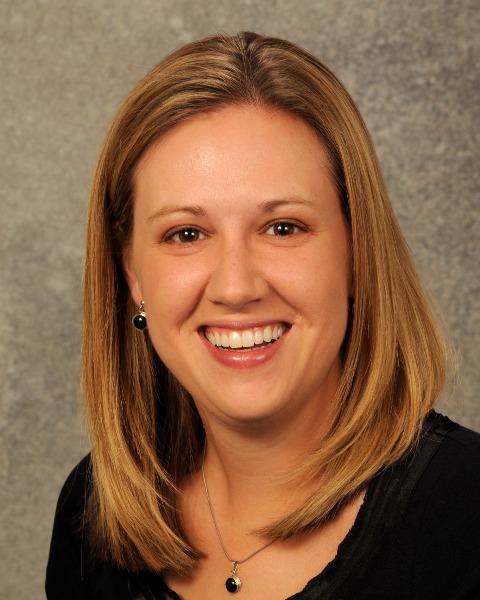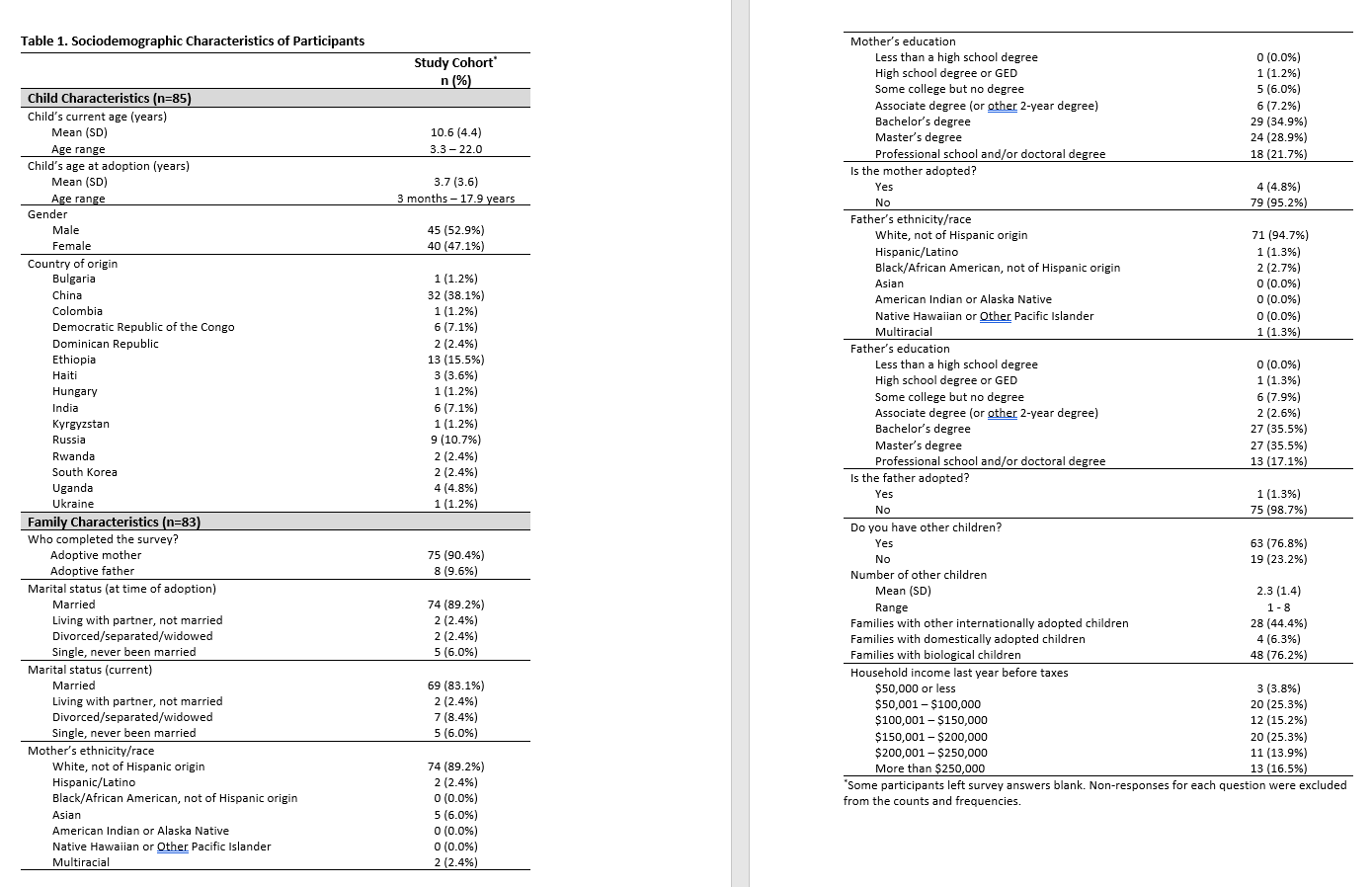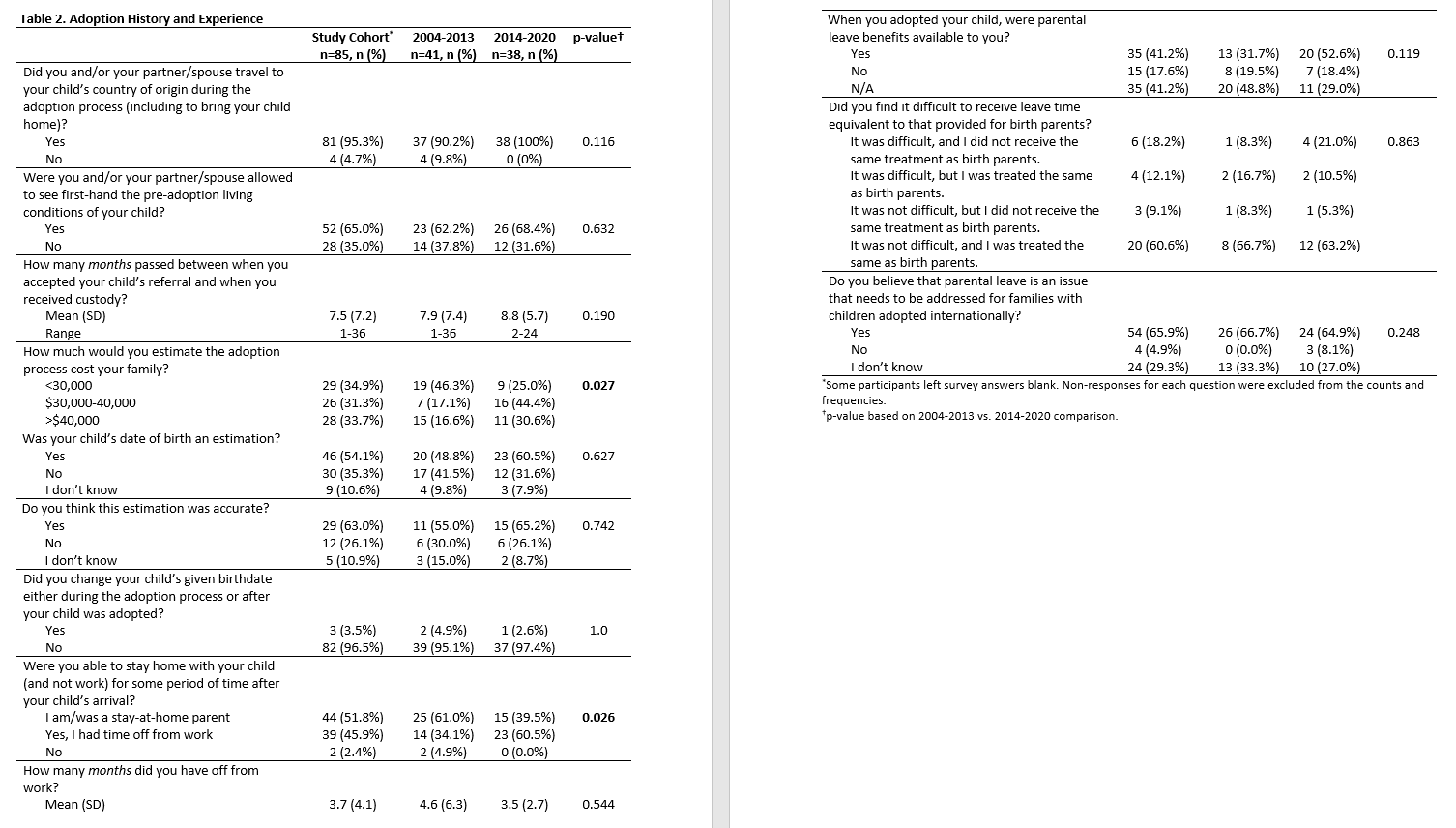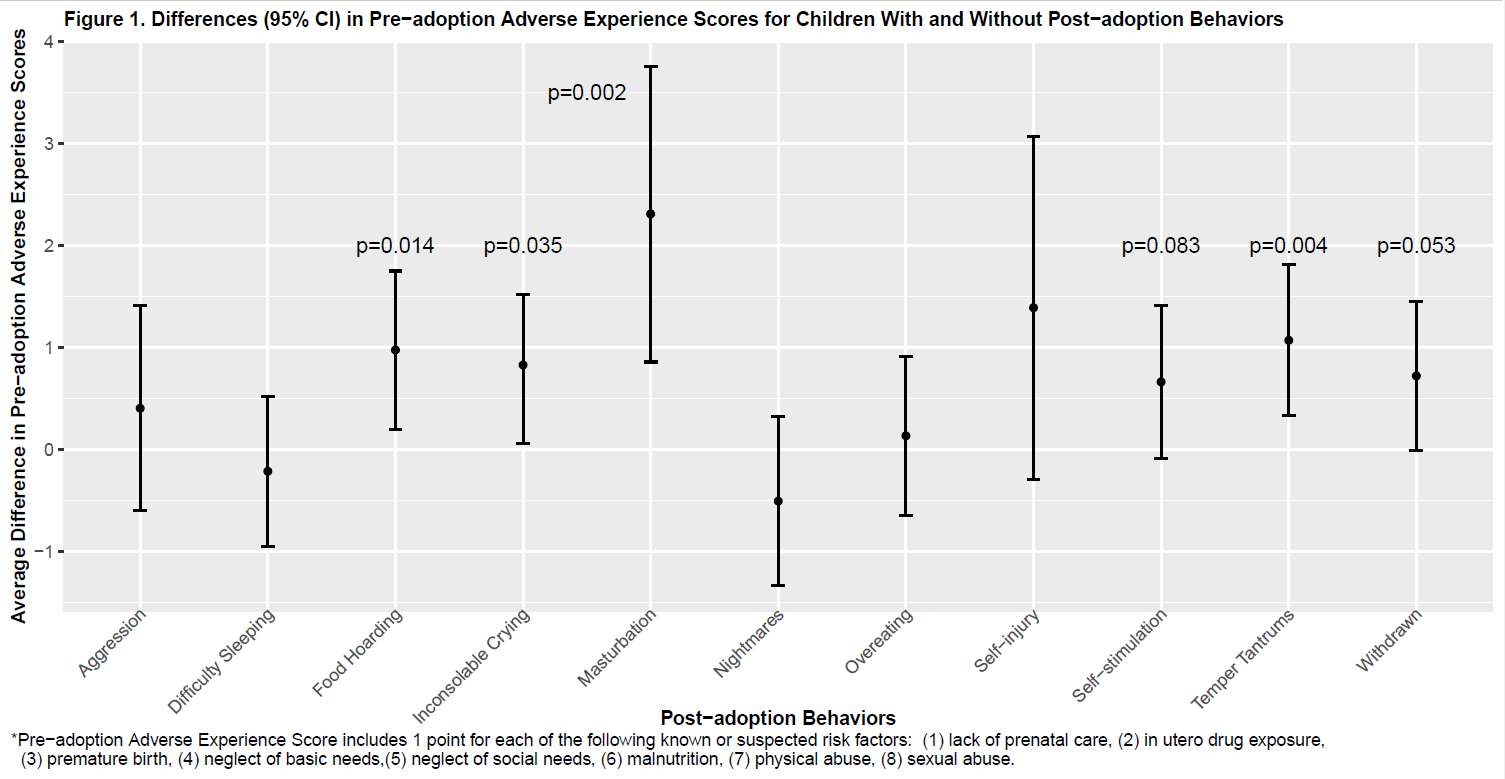General Pediatrics
Session: General Pediatrics 1
235 - The International Adoption Experience: A Survey of Families Seen in the International Adoption Clinic at Children’s Hospital Colorado Between 2010-2019
Friday, May 3, 2024
5:15 PM - 7:15 PM ET
Poster Number: 235
Publication Number: 235.225
Publication Number: 235.225

Gretchen Domek, MD, MPhil (she/her/hers)
Associate Professor
University of Colorado Anschutz Medical Campus
Aurora, Colorado, United States
Presenting Author(s)
Background: International adoption and orphanage life create unique challenges that affect the health, growth, behavior and development of children. The only population-based surveillance study of parents who adopted children internationally was based on adoptions finalized in Minnesota between 1990-1998.
Objective: We aimed to conduct an updated family survey based on children who attended the International Adoption Clinic at Children’s Hospital Colorado between 2010-2019 to better understand the adoption experience and determine risk factors related to international adoption.
Design/Methods: Caregivers were identified through the electronic medical record and mailed an invitation letter and three reminders between October 2020-June 2021 with a secure link to an online, self-administered and anonymous survey. Our survey had 166 items measuring several specific constructs, including a pre-adoption adverse experience score (8 points), pre-adoption placement score (number of living arrangements), post-adoption behavior score (11 points) and post-adoption attachment. Comparisons between groups of interest were made using Pearson chi-square tests, Fisher’s exact tests (categorical) or Student’s t-tests (continuous). Spearman’s correlations were used to evaluate relationships between continuous variables.
Results: Out of 374 eligible children, 312 (83%) families had addresses not returned to sender by the USPS. Of these, 88 (28%) parents completed survey questions. Table 1 describes sociodemographic characteristics. Table 2 describes the adoption history. The number of male adoptees (p=0.04), cost of the adoption process (p=0.03), number of working parents (p=0.03), and age at adoption (p=0.01) all increased significantly over time. Mean scores were calculated for adverse experiences (2.5 +/-1.7), placements (2.1 +/-1.0), and behaviors (2.9 +/-2.4). We found that worse attachment one year after adoption was correlated with more adverse experiences (-0.21, p=0.057), behaviors (-0.46, p< 0.001), and placements (-0.21, p=0.054). Several behaviors were associated with more adverse experiences, including food hoarding (p=0.01), crying (p=0.04), masturbation (p=0.002), tantrums (p=0.004), and withdrawn behavior (p=0.053) (Figure 1). There was a positive correlation between the placement and behavior scores (0.23, p=0.045).
Conclusion(s): Our survey updates information regarding the demographics and experiences of internationally adopted children and their families. We found that children exposed to more pre-adoption adverse experiences and living placements were at risk for more post-adoption behavior and attachment problems.



